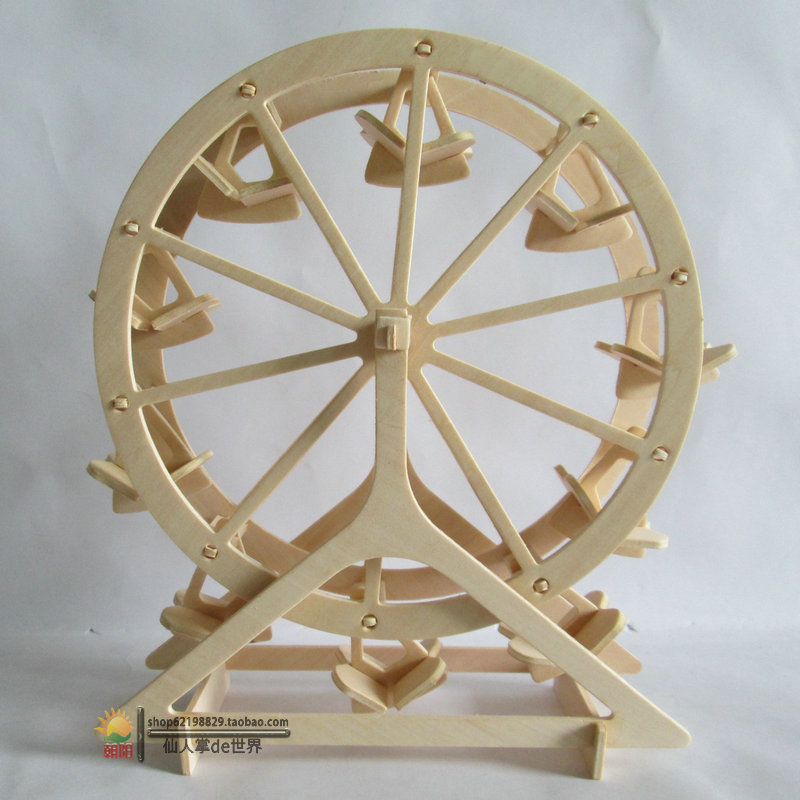Thoughts on perpetual climbing wall build
|
|
Hi all, I have been able to get hold of a large spool that with basic framing will be 9feet tall: this can be wrapped in 4x8 plywood to create the climbing surface and then set on a basic A-frame kinda like this: A basic braking system would be built by attaching a paracord with heavy weight on the axle that wraps round as the climbing wall spins, this would want to pull the wall in the opposite direction as the climber and thus slow the rotation. Anybody tried anything like this or have any ideas? Should be pretty cheap as I can steal the framing from the bouldering wall and buy the spool for $60. Links to similar (professional) builds: vimeo.com/45447882 youtu.be/SNirA3dXvnE THOUGHTS? Thanks, Ben |
|
|
This is really cool. |
|
|
The challenge will be controlling the rate of rotation so that it doesnt spin too slow or too fast. |
|
|
You would also have to create some mechanism to adjust the drag on the wheel as well so you could control what angle you're climbing at otherwise you're going to be under the wheel on the bottom the whole time. To get as far up as that guy is would def require some resistance on the axle. |
|
|
After a bit more thought here is a guess at speed control. |
|
|
Mr. Wonderful seems to have some wonderful idears! |
|
|
With a 9' radius, it seems like it might not be steep enough for good training. |
|
|
You might want to look into magnetic resistance, it's what true blue auto-belay devices use. Basically you have a conducting plate spinning in a strong magnetic field, either make one from supermagnets and an aluminum or copper plate or steal the load cell off a magnetic bike trainer. Gear it up so that provides the proper resistance. The benefit is that the rate of spin will be independent of load, that is, a heavier person will rotate at the same speed as a lighter one.. |
|
|
Michael C wrote:This is really cool. But I'd rather climb outside. I'd rather climb 30 feet of crap rock outside than a wheel of plastic holds inside, any time. But it's still really cool, and definitely awesome for some folks. But I'm done with plastic. I haven't set foot in a rock gym in over year, and probably won't ever again.Awesome response. Really helpful. |
|
|
Thanks for the thoughts. this placed on the end of the spinning axle. In theory if I let go of the wall when the weight has lifted of the ground the wall will want to spin backwards. Changing the weight on the end will change the height I can climb to before it starts spinning. More weight will counteract me more thus allow me to get higher but also will get me away from the overhang. Oh and to get there before someone else does: I know that Treadwall and Freedomclimber are commercially available but as a lowly public school teacher the cost is NEVER going to be justifiable (although if anybody would like to sponsor one I wont say no :)) |
|
|
hikingdrew wrote:You might want to look into magnetic resistance, it's what true blue auto-belay devices use. Basically you have a conducting plate spinning in a strong magnetic field, either make one from supermagnets and an aluminum or copper plate or steal the load cell off a magnetic bike trainer. Gear it up so that provides the proper resistance. The benefit is that the rate of spin will be independent of load, that is, a heavier person will rotate at the same speed as a lighter one..I was also going to suggest this. The mechanism you're describing is eddy current damping. However, your last statement is not correct. The eddy current will induce a constant torque as a function of rate of rotation, but a heavier person will require a higher torque to keep the wheel from accelerating. A heavier climber will rotate proportionally faster than a lighter climber. Still a good, reliable, and low-wear solution though. |
|
|
I had thought of using the magnetic braking after seeing it used in bike home trainers. |
|
|
|
|
|
Kris Holub wrote: I was also going to suggest this. The mechanism you're describing is eddy current damping. However, your last statement is not correct. The eddy current will induce a constant torque as a function of rate of rotation, but a heavier person will require a higher torque to keep the wheel from accelerating. A heavier climber will rotate proportionally faster than a lighter climber. Still a good, reliable, and low-wear solution though.You are correct, I have mis-remembered my physics. Eddy current braking alone will cause constant velocity, but the braking vs load is linear. The true blue autobelay has some additional trickery to provide constant braking vs load: autobelay.com/technology/ |

 Continue with onX Maps
Continue with onX Maps Sign in with Facebook
Sign in with Facebook


























